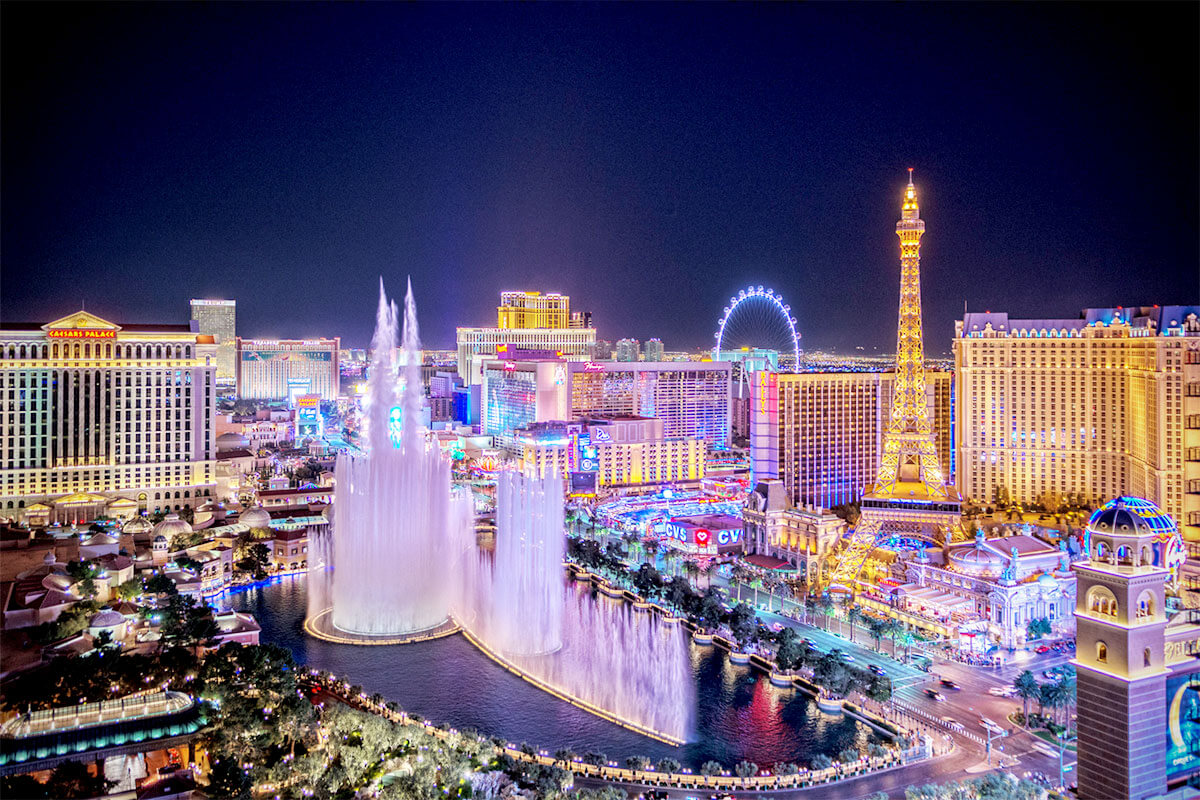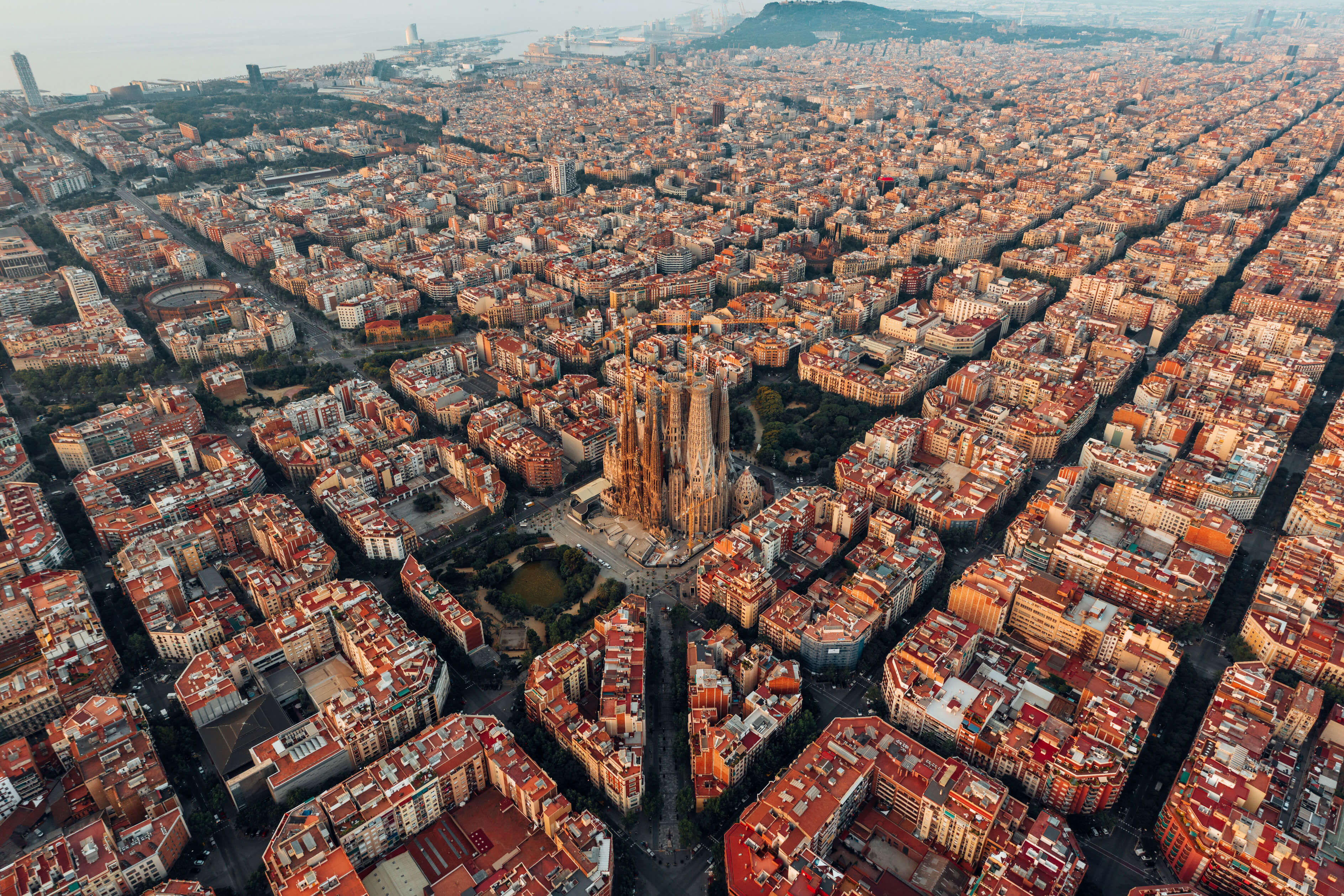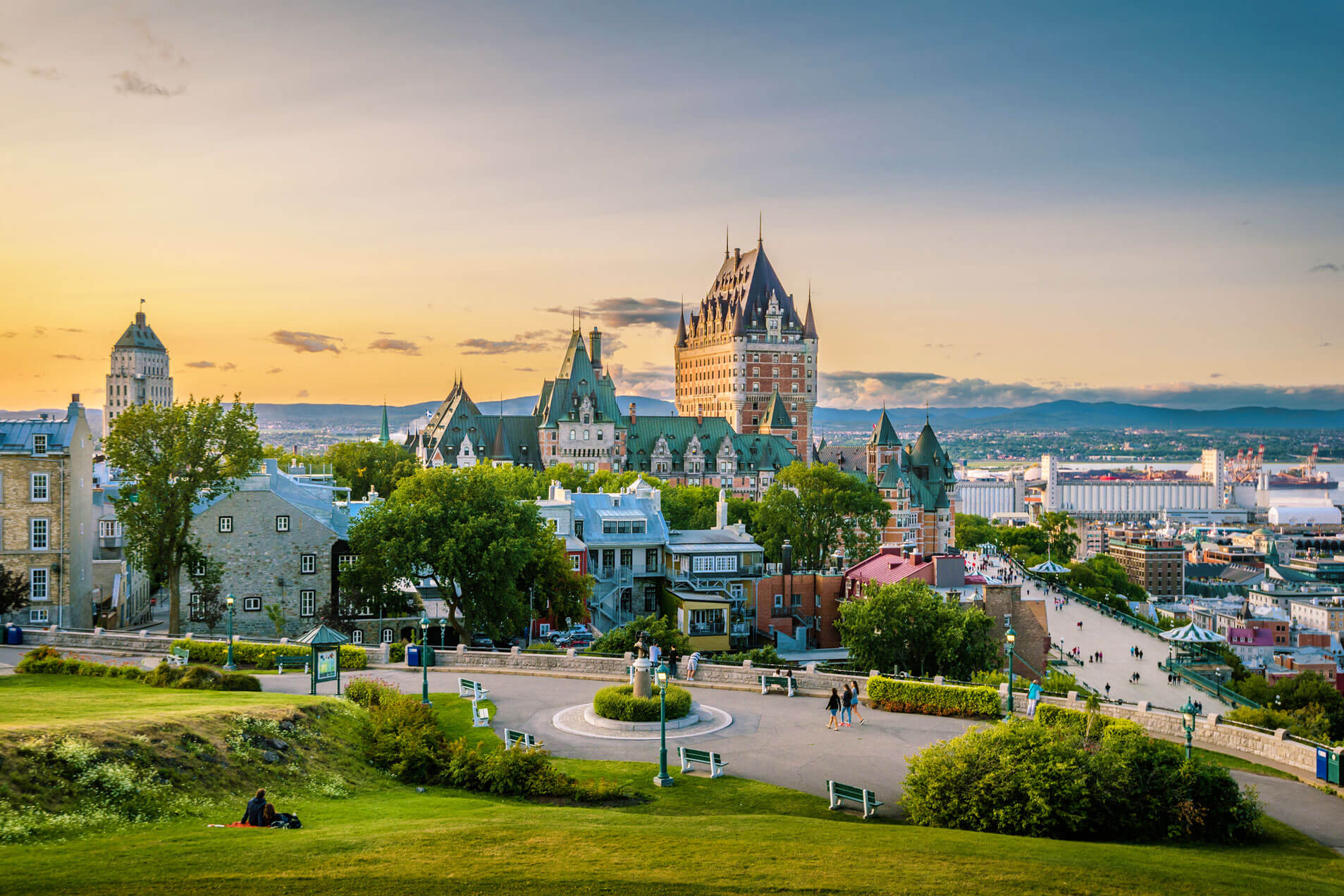1/1 Oops. Incorrect.
0%
0pts Earned
0/1correct
20/20
Where can you find the sacred “Avenue of Mausolea”?
Rows of palatial tombs in the city of Samarkand, Uzbekistan, comprise the impressive Avenue of Mausolea. The historic Shah-i-Zinda Necropolis was built over 1,000 years, making it one of the longest-running continually constructed sites on Earth. Starting in the 11th century, mausoleums, buildings, and temples have been added to the site, creating a timeline in the evolution of architectural and decorative styles up until the 19th century.
Source: Atlas ObscuraIran
25%
Oman
31%
Uzbekistan
22%
Qatar
22%
19/20
Where is this unfinished tomb known as the “lonely castle”?
Qasr al-Farid (“Lonely Castle”) is an ancient, unfinished tomb rising from the desert of northern Saudi Arabia. It was carved from a single rock during the rule of the Nabateans in the first century CE. If it reminds you of the carved rocks of Petra, Jordan, that’s because Petra was once the Nabatean kingdom's largest settlement.
Source: My Modern NetSri Lanka
7%
Jordan
62%
Malta
8%
Saudi Arabia
23%
18/20
What cathedral is the final resting place of the Three Kings?
Cologne Cathedral is home to the Shrine of the Three Kings — the magi who are said to have attended the birth of Jesus Christ. According to legend, the magi’s relics were transported from Constantinople to Milan in 314 CE upon orders by Emperor Constantine. They were later handed off to the Archbishop of Cologne in 1164 by Holy Roman Emperor Frederick Barbarossa.
Source: The Vintage NewsFlorence Cathedral
9%
St. Peter's Basilica
32%
Cologne Cathedral
45%
Milan Cathedral
14%
17/20
In 1958, a Scottish farmer found an ancient tomb named after what animal?
In 1958, a farmer on the island of South Ronaldsay — located in the Scottish archipelago of Orkney — uncovered one of Scotland's most important archaeological sites, the Tomb of the Eagles. The Neolithic Stone Age chamber contained a number of human skulls, as well as the talons and bones from 14 white-tailed sea eagles, hence the name given to the tomb. The significance of the eagles remains unknown.
Source: Tomb of the EaglesEagle
16%
Serpent
44%
Horse
25%
Dinosaur
14%
16/20
Where can you find this coastal necropolis?
Myra was an ancient Greek town in the region known as Lycia, situated on the southern coast of present-day Turkey. The intricate tombs of the Myra Necropolis were carved from the rock cliffs as early as the fourth century BC. Once colorfully painted, the tombs feature remarkable details, such as the “Lion Tomb” with a life-sized stone lion, bull, and human figures thought to represent the grave owner’s family.
Source: Atlas ObscuraSpain
11%
Turkey
47%
Italy
16%
Tunisia
26%
15/20
Which city is home to U.S. President Ulysses S. Grant’s Tomb?
Ulysses S. Grant, the 18th President of the U.S., is buried in a grand domed mausoleum in the Morningside Heights neighborhood of Upper Manhattan. Completed in 1897, Grant’s Tomb is the largest mausoleum in North America. Grant’s widow, Julia, who is also entombed there, declared after the former President passed away that her late-husband wanted to be laid to rest in New York.
Source: Atlas ObscuraGalena, Illinois
10%
Point Pleasant, Ohio
12%
Arlington, Virginia
26%
New York, New York
53%
14/20
What city has a tomb for the Italian poet Dante that's empty?
In Florence’s Basilica di Santa Croce, there is a grand tomb for the famous Italian poet Dante, but there’s only one problem: It's empty. In his later life, Dante was exiled for political reasons and spent his remaining days (until his 1321 death) in the town of Ravenna, approximately 90 miles away. His remains are located in a tomb there. Florence city leaders still wanted to honor the poet who wrote "Inferno", so the city built the empty tomb.
Source: The LocalMadrid, Spain
11%
Paris, France
5%
Florence, Italy
78%
Bucharest, Romania
6%
13/20
The Saadian Tombs, a royal necropolis, are found in which city?
In the late 15th century, sultan Ahmed Al Mansour Ed Dahbi commissioned a lavish tomb complex known as the Saadian Tombs. He outfitted the structure in imported Italian marble and pure gold gilding. After Al Mansour’s death in 1603, his predecessor boarded up the structure, and it wasn’t until 1917 that it would be discovered thanks to aerial photographs.
Source: Lonely PlanetLisbon, Portugal
4%
Marrakesh, Morocco
45%
Athens, Greece
14%
Jeddah, Saudi Arabia
37%
12/20
Members of which dynasty are buried at the “13 Tombs” in China?
Thirteen out of the 16 Ming Dynasty emperors are buried in a tranquil complex northwest of Beijing called “The 13 Tombs of the Ming Dynasty.” The tombs were built using classic Chinese Fengshui theory and are surrounded by mountains on three sides. The first tomb within this UNESCO World Heritage Site was built in 1409 by Emperor Zhu Di.
Source: China HighlightsSong
3%
Shang
5%
Xia
9%
Ming
82%
11/20
Where is Cyrus the Great, ruler of the first Persian Empire, laid to rest?
In the sixth century BCE, Cyrus the Great founded the Achaemenid Dynasty, the first ruling dynasty of the Persian Empire. Cyrus was laid to rest in Pasargadae, the ancient capital city of Persia. Today, the town is a UNESCO Heritage Site in modern-day Iran.
Source: History HitIran
74%
Yemen
12%
Italy
3%
Morocco
11%
10/20
Which famous architect is buried at La Sagrada Familia in Barcelona?
Sprinkled throughout Barcelona is the one-of-a-kind modernist architecture of Catalan architect Antoni Gaudí. Considered his magnum opus, La Sagrada Familia has been under construction since 1882. From 1914, Gaudí dedicated his time to working exclusively on La Sagrada Familia, and the church became Gaudí’s final resting place when he died in 1926.
Source: Casa BatllóAntoni Gaudí
62%
Filippo Brunelleschi
9%
Juan de Herrera
9%
Leonardo da Vinci
20%
9/20
The Mausoleum of Hadrian is located in which city?
The Mausoleum of Hadrian, also known as Castel Sant’Angelo, was originally built as the burial place for the Roman emperor Hadrian in the second century CE. It was later converted into a fortress in the fifth century. It stands on the banks of Tiber River, guarding the bridge Ponte Sant’Angelo, a major bridge during the time of Ancient Rome.
Source: BritannicaAlexandria, Egypt
20%
Istanbul, Turkey
38%
Athens, Greece
8%
Rome, Italy
35%
8/20
The Great Pyramid of Giza was built as a tomb for whom?
The pyramids of Giza, located just outside of Cairo, Egypt, were built as tombs for three different pharaohs. The largest and oldest of these structures, called the Great Pyramid of Giza, was built for the emperor Khufu, the second king of the Fourth Dynasty of Egypt (circa 2575 to 2465 BCE). The middle pyramid was built for Khafre, and the final (and newest) pyramid at the southern end was built for Menkaure.
Source: BritannicaCleopatra
7%
Ramesses II
38%
Tutankhamun
29%
Khufu
26%
7/20
The city of Medina contains the tomb of which famous religious figure?
In the Islamic tradition, the prophet Muhammad is said to have fled from Mecca to escape religious persecution. In the year 622 CE, he completed his journey, called the Hijrah, and ended up in the city of Medina, which is now the fourth-largest city in Saudi Arabia. After his death in 632 CE, Muhammad’s body was entombed in Medina and is one of the holiest sites in Islam.
Source: BritannicaMuhammad
76%
Buddha
11%
Moses
4%
Mother Teresa
9%
6/20
Buried with his terracotta army, Qin Shi Huang founded which empire?
Qin Shi Huang was the first emperor of the Qin dynasty and the first ruler of a united China. Approximately 8,000 life-size terracotta figures, including soldiers and horses, have guarded his tomb for centuries. The tomb was discovered by accident in 1974 when farmers began drilling for a well in the area. Other objects were buried inside the tomb, such as wooden chariots, silk, jade, and weapons.
Source: BritannicaChina
78%
Japan
2%
Mongol
18%
Khmer
2%
5/20
Which building is the resting place of 30 English kings and queens?
Westminster Abbey has been the site of coronation for all British monarchs since 1066. Thirty kings and queens have been laid to rest here, beginning with Edward the Confessor in 1066. Other famous royals — including Henry V, Catherine de Valois, Elizabeth I and her sister Mary I (who share one tomb), and even Mary Queen of Scots — also have tombs here. No monarchs have been buried at Westminster Abbey since 1760.
Source: Westminster AbbeyBuckingham Palace
5%
Westminster Abbey
83%
Tower of London
8%
Kensington Palace
4%
4/20
Who was said to be buried at the site of the Church of the Holy Sepulchre?
Containing what is believed to be the tomb of Jesus Christ, the Church of the Holy Sepulchre is located in the Old City of Jerusalem. Constantine, the first Christian ruler of the Roman Empire, ordered the church to be built over the tomb. It was finished in 336 CE, but was later burned down by the Persians, restored by Emperor Heraclius, destroyed by the Egyptians, and then restored once again.
Source: History.comKing Solomon
12%
Moses
10%
Jesus Christ
52%
Paul the Apostle
26%
3/20
Where is King Tut’s tomb?
Tutankhamun, better known as King Tut, became the world’s most famous pharaoh in 1922 when his tomb was excavated in the Valley of the Kings. This sacred valley is located across the Nile River from Luxor, located on the site of the ancient city Thebes. The area is home to many monuments and temples from Ancient Egypt.
Source: History.comGarden of the Gods
5%
Valley of the Kings
89%
White Desert
1%
Sacred Valley
5%
2/20
Which English town is the supposed burial place of King Arthur?
Glastonbury, England, is famous for its annual music festival, but some also believe it to be the burial place of King Arthur. The king lived and died in Dark Ages Britain, so very little is known about whether he was a mythical legend, or, in fact, a real historical figure. In 1191, monks at the Glastonbury Abbey claimed to have found his grave. Whether or not it was authentic, Glastonbury has retained its affiliation with the legendary figure.
Source: Atlas ObscuraGloucester
21%
Oxford
21%
Brighton
10%
Glastonbury
49%
1/20
Which famous landmark in India was built as a tomb?
The Taj Mahal was built by the Mughal emperor Shah Jahan in the 17th century for his wife, Mumtaz Mahal, who died during childbirth. He commissioned the exquisite marble mausoleum in her honor. The structure is now the most famous building in India, located just outside of Agra. The emperor, who reigned from 1628 to 1658, is also buried there.
Source: BritannicaPotala Palace
2%
Taj Mahal
93%
Angkor Wat
4%
Summer Palace
1%
Play Quizzes By Category
Play A Trending Quiz
Trending, related and recent quizzes you may be interested in







